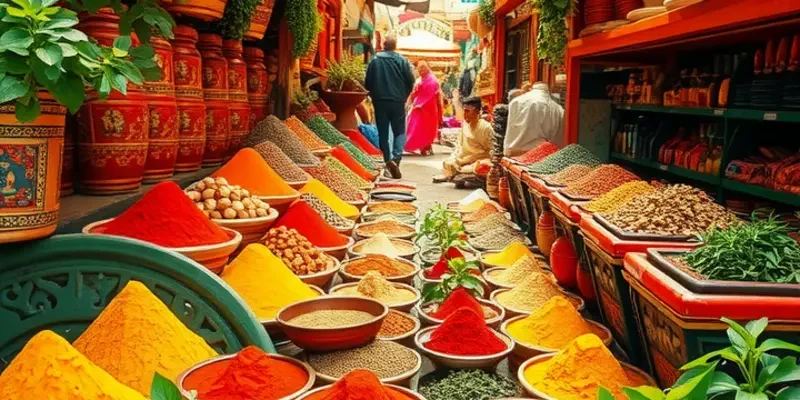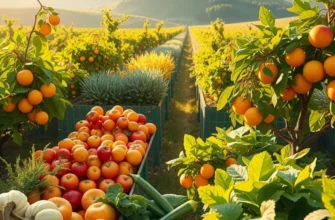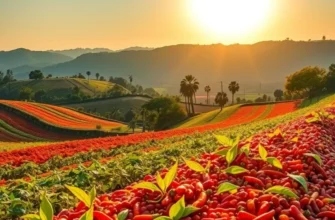Food transcends borders, carrying with it the narratives of cultures and histories. Culinary traditions reflect the interplay of geography, climate, and heritage, inviting enthusiasts on a flavorful journey through the world’s diverse kitchens. Each dish tells a story, and the techniques, flavors, and rituals associated with cooking reveal the heart of different communities. Let’s embark on an exploration of two distinct culinary cultures, immersing ourselves in their history and significance while appreciating the artistry behind each plate.
The Spices of India: A Tapestry of Flavors
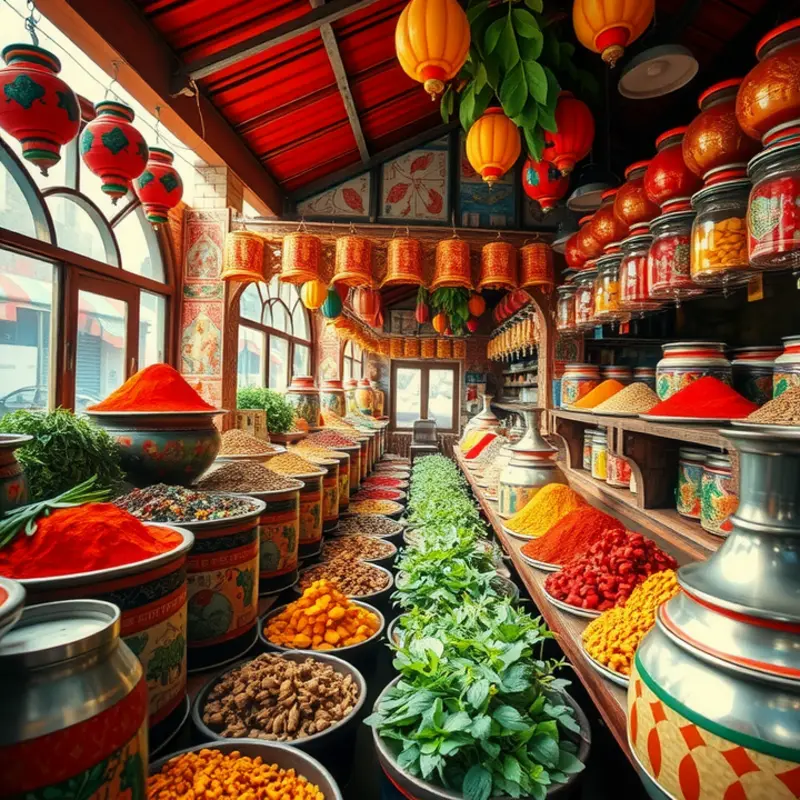
India’s culinary heritage unfolds like a vibrant tapestry, where spices are the threads weaving together a diverse and flavorful narrative. Each region boasts its own distinct palette, reflecting an intricate blend of ingredients, methods, and cultural influences.
The heart of Indian cuisine lies in its spices, often toasted or ground to release their essential oils, unlocking flavors that define regional dishes. Consider the bold, fiery curries of the South, where chilies reign supreme. The fiery heat is often tempered by coconut, a testament to the coastal bounty that shapes local diets. In contrast, the North offers aromatic biryanis seasoned with saffron and cloves, showcasing both Mughlai influences and local ingredients like basmati rice.
Regional Differences
Moving west, the deserts of Rajasthan yield dishes that celebrate the ingenuity born from scarcity. Long-lasting ingredients like lentils, beans, and dried red chilies play starring roles. Here, spices not only enhance flavor but also preserve food, vital in arid climates. Across the country, in the lush terrains of Bengal, mustard seeds and poppy seeds are frequent stars, transforming simple fish and vegetables into unique culinary experiences.
Agricultural Diversity
India’s remarkable agricultural diversity fuels its rich culinary palette. From saffron fields in Kashmir to the spice plantations of Kerala, each state harvests its bounty, contributing to the national spice pantry. This abundance not only showcases the country’s varied climates but also its historical trade connections, with spices like turmeric and cardamom central to India’s global culinary influence. For more on how this influences global cuisine, visit this resource on culinary influences of trade.
Cultural Traditions
Food is integral to cultural expressions, especially during festivals and family gatherings. Diwali, India’s festival of lights, sees feasts prepared with meticulous care, symbolizing prosperity through abundant and varied dishes. Spices play roles here not only as flavor enhancers but also as storytelling elements, linking dishes to customs that span generations.
At community events, food is a collective effort, strengthening bonds. The communal preparation of dishes like khichdi during regional festivals highlights shared history and collective identity. Even everyday meals pivot around spices as cornerstones, with simple lentils transformed into soul-warming dal thanks to a blend of cumin, ginger, and garam masala.
The Cornerstone of Culture
Spices in Indian cooking are not merely ingredients; they are snapshots of the country’s diverse history and culture. Each blend tells a story of migration, trade, and adaptation. As much a part of local lore as they are of flavor, they embody the resilience and adaptability of the communities that celebrate them in their daily lives.
Thus, exploring India’s spices is a journey through its cultural and historical landscapes. It reveals how culinary practices are the results of a rich past intertwined with the vibrant, ever-evolving tapestry of Indian culture.
Italy’s Culinary Love Affair: From Family Tables to Artisan Pizzerias
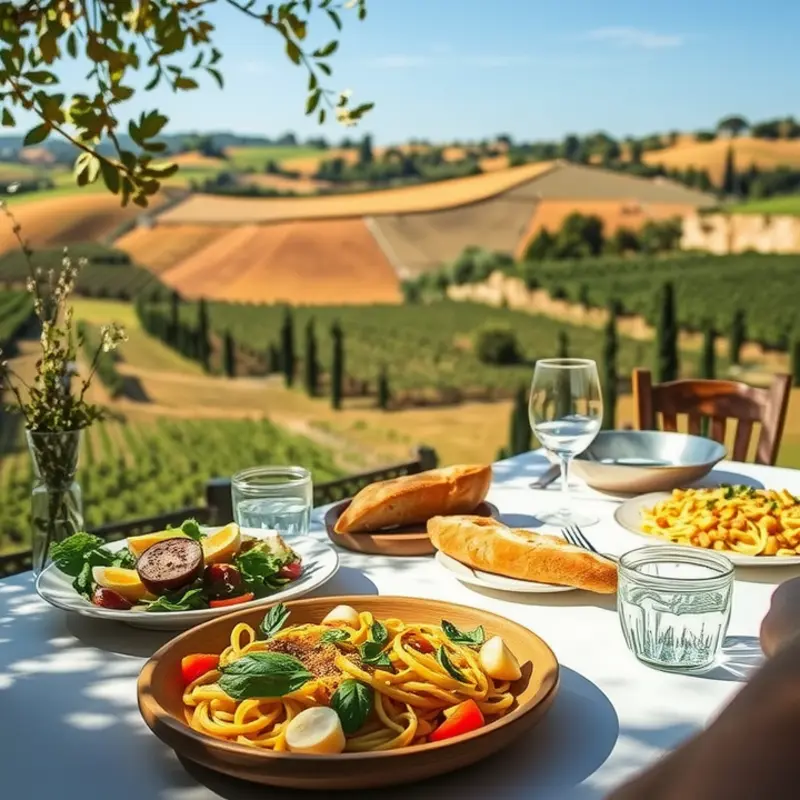
In Italy, food is not merely a necessity but a celebration of life, deeply rooted in the ethos of ‘la dolce vita.’ Meals are crafted experiences intended to be relished slowly, surrounded by family and friends. This culinary philosophy underscores Italy’s enduring love affair with food, where each dish tells a unique story of regional heritage.
Italian cuisine is renowned for its remarkable diversity, each region offering its own distinctive flavors and specialties. In the north, the cuisine leans heavily towards rich dairy-based sauces and meats, with creamy risottos taking center stage. Lombardy, for instance, gifts the world with Risotto alla Milanese, a luxurious saffron-infused dish. Journeying south, into Naples, one finds the birthplace of pizza; the original Margherita is a homage to simplicity, featuring just tomatoes, mozzarella, and basil—each ingredient symbolizing the Italian flag.
The passion for pasta is omnipresent, yet its form and flavor vary dramatically across the country. Emilia-Romagna’s love for fresh egg pasta is apparent in their tagliatelle al ragù, while Puglia serves up ear-shaped orecchiette with a robust broccoli rabe sauce. This diversity is a testament to Italy’s respect for its rich past and regional idiosyncrasies, proving that cultural understanding often begins at the dining table.
Cooking in Italy is an art passed lovingly down through generations, often reflecting the traditions and stories of those who came before. This familial bond is expressed through dishes prepared with patience and love. Seasonal and local produce plays a key role, as Italian cuisine places significant emphasis on quality ingredients. It is said that good Italian cooking starts with the freshest vegetables, herbs, and meats available, embodying a seasonal rhythm that ensures flavors peak at their natural best. Here, simplicity is key, allowing each ingredient to shine.
Pizzerias in Italy are bastions of this time-honored tradition, where pizzaiolos demonstrate their mastery in crafting the perfect dough and selecting impeccable toppings. Pizza, in its countless variations, straddles the line between artisan craft and communal joy, effortlessly bringing people together.
The Italian table is a place of sharing and laughter, where every meal offers an opportunity to connect. This sentiment aligns seamlessly with the principles of mindful eating, as found in addressing unconscious eating, fostering a deeper appreciation of not just food, but the company we keep.
In embracing ‘la dolce vita,’ Italians offer us a valuable lesson: it’s not enough to consume food; we must savor it, grounding ourselves in the present moment. This connection to time, place, and people enriches our lives just as it flavors our meals, embracing a culinary love affair that the world wavers to replicate.
Final words
Culinary traditions embody the soul of cultures, blending history, geography, and community into every flavorful bite. By exploring the spices of India and the richness of Italian gastronomy, we uncover not just food, but the narratives that shape identities. As food enthusiasts, embracing these diverse cultural influences enriches our palates and expands our appreciation for global cuisines. Every ingredient has a story, and every dish reflects a living history. Let us continue to savor these remarkable flavors, fostering a deeper understanding of the world’s culinary tapestry.

